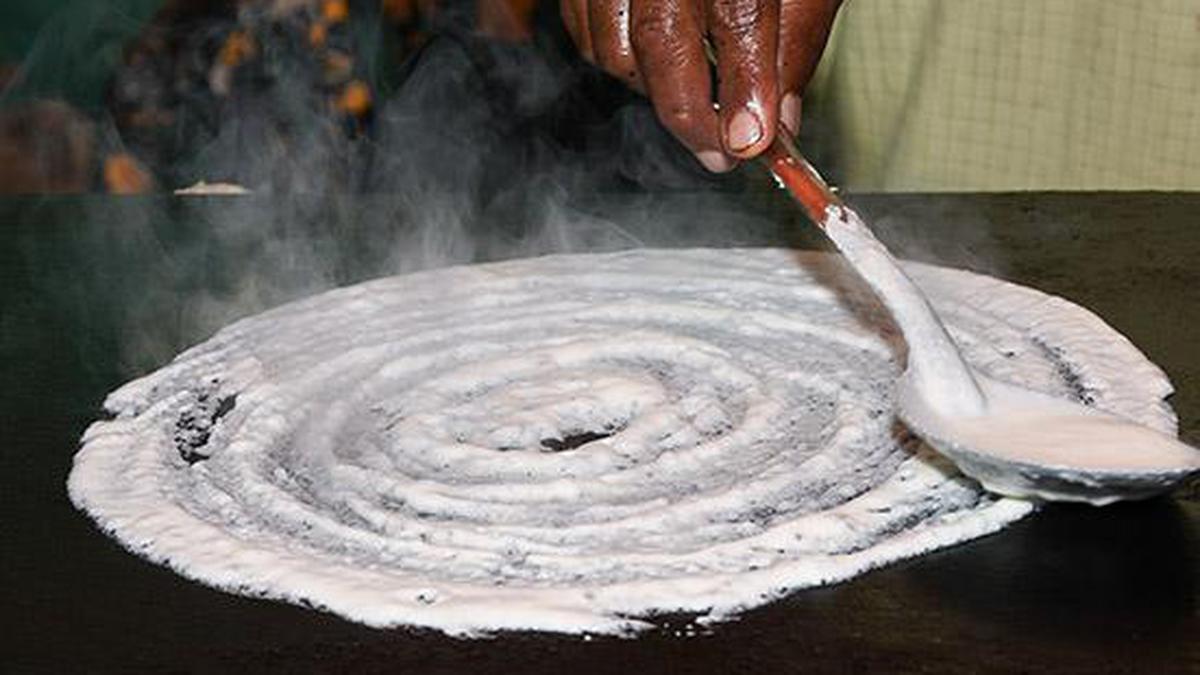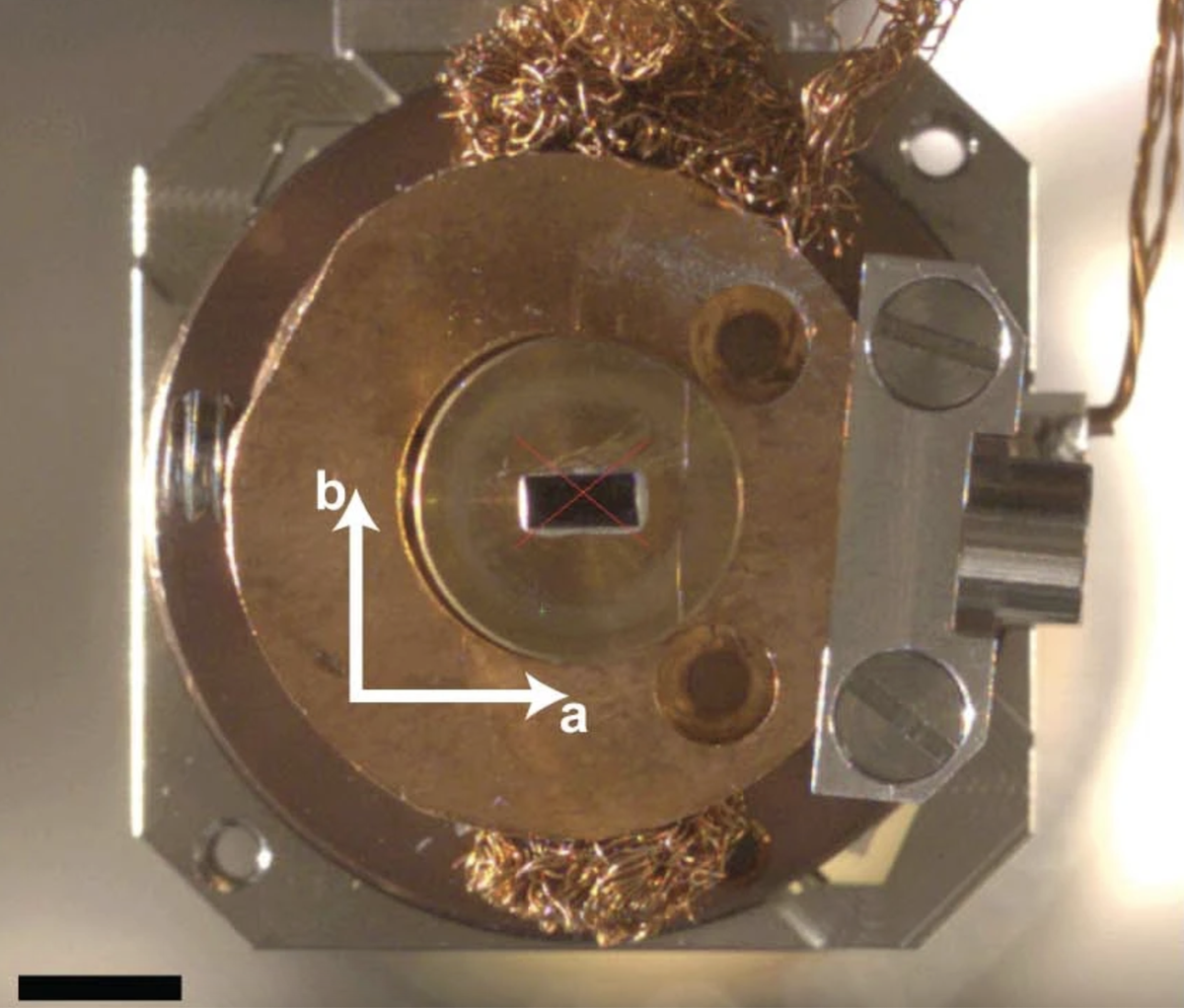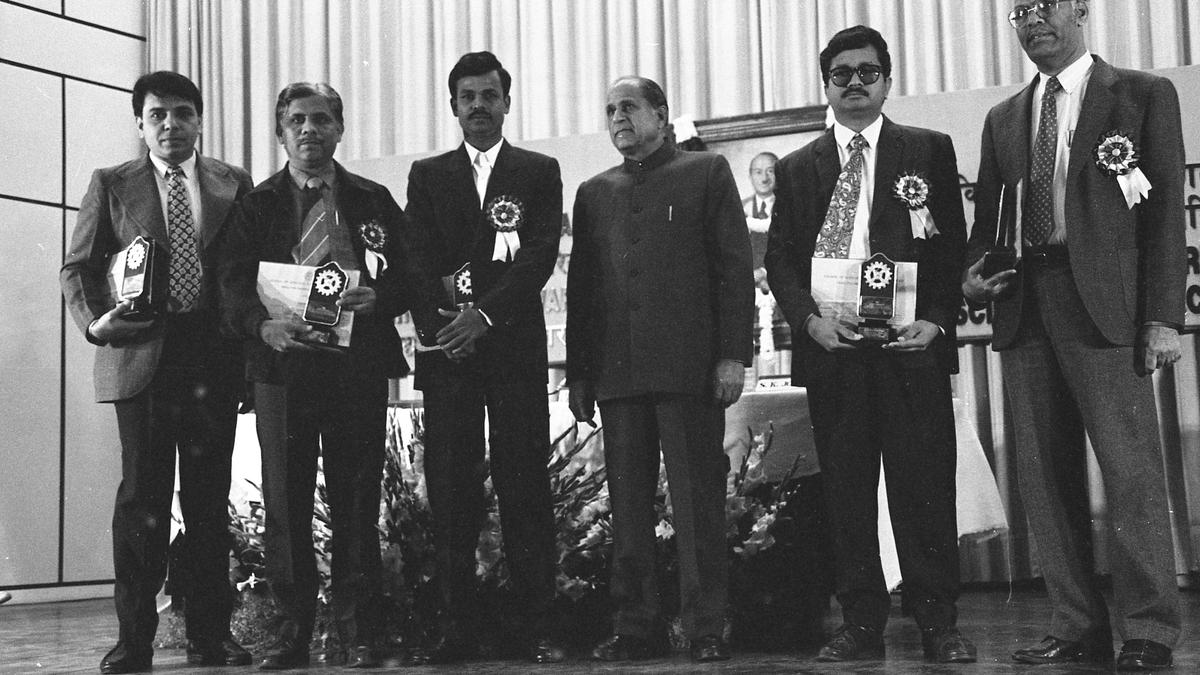Aditya L1, India’s first ever solar mission, was launched by the ISRO at SDSC-SHAR, Sriharikotta in Andhra Pradesh, on September 2, 2023.
| Photo Credit: Raghunathan SR
India’s first solar observatory mission — Aditya-L1 — was launched by the Indian Space Research Organisation (ISRO) on September 2.
The Polar Satellite Launch Vehicle (PSLV), in its 59th flight with the Aditya-L1 onboard, took off from the Satish Dhawan Space Centre in Sriharikota at 11.50 a.m.
About 63 minutes after take-off, the separation from the satellite took place with the PSLV launching the Aditya-L1 spacecraft in a highly eccentric orbit around Earth at 12.53 p.m.
The PSLV-C57/Aditya-L1 mission was among the longest missions involving ISRO’s workhorse launch vehicle in recent times.
Following the launch, Aditya-L1 stays in orbit around Earth for 16 days, during which it will undergo five manoeuvres to gain the necessary velocity for its long journey towards the Sun.
Subsequently, Aditya-L1 will undergo a Trans-Lagrangian1 insertion manoeuvre, marking the beginning of its 110-day trajectory to the destination around the L1 Lagrange point. Upon arrival at the L1 point, another manoeuvre binds Aditya-L1 to an orbit around L1, a balanced gravitational location between the Earth and the Sun.
The spacecraft will perform orbital manoeuvres by using its Liquid Apogee Motor (LAM) engine to reach L1.
Aditya-L1 will stay approximately 1.5 million km away from Earth, directed towards the Sun, which is about 1% of the Earth-Sun distance.
Aditya-L1 has a mission life of five years during which its payloads are expected to provide the most crucial information to understand the problem of coronal heating, coronal mass ejection, pre-flare and flare activities and their characteristics, dynamics of space weather, and propagation of particles and fields.
The seven payloads onboard Aditya-L1 satellite are
- Visible Emission Line Coronagraph (VELC)
- Solar Ultraviolet Imaging Telescope (SUIT)
- Solar Low Energy X-ray Spectrometer (SoLEXS)
- High Energy L1 Orbiting X-ray Spectrometer(HEL1OS)
- Aditya Solar wind Particle Experiment(ASPEX)
- Plasma Analyser Package For Aditya (PAPA)
- Advanced Tri-axial High Resolution Digital Magnetometers
The solar panels on Aditya-L1 have been deployed and the spacecraft has started generating power.
After the launch, ISRO Chairpersons S. Somanath said, “The Aditya-L1 spacecraft has been injected in an elliptical orbit of 235 km by 19,500 km, which is as intended, very precisely by the PSLV. This is a very unique mission. From now, the Aditya-L1 will make its journey. After some manoeuvres, it will start its journey towards the L-1 point. It is a very long journey of almost 125 days.”
The first manoeuvre to raise its orbit is scheduled on September 3, around 11.45 a.m.
Union Minister of State (independent charge) Science & Technology Dr Jitendra Singh said, “Congratulations India, congratulations ISRO… and like the whole world watched this with bated breath, it is indeed a sun shine moment for India.”











